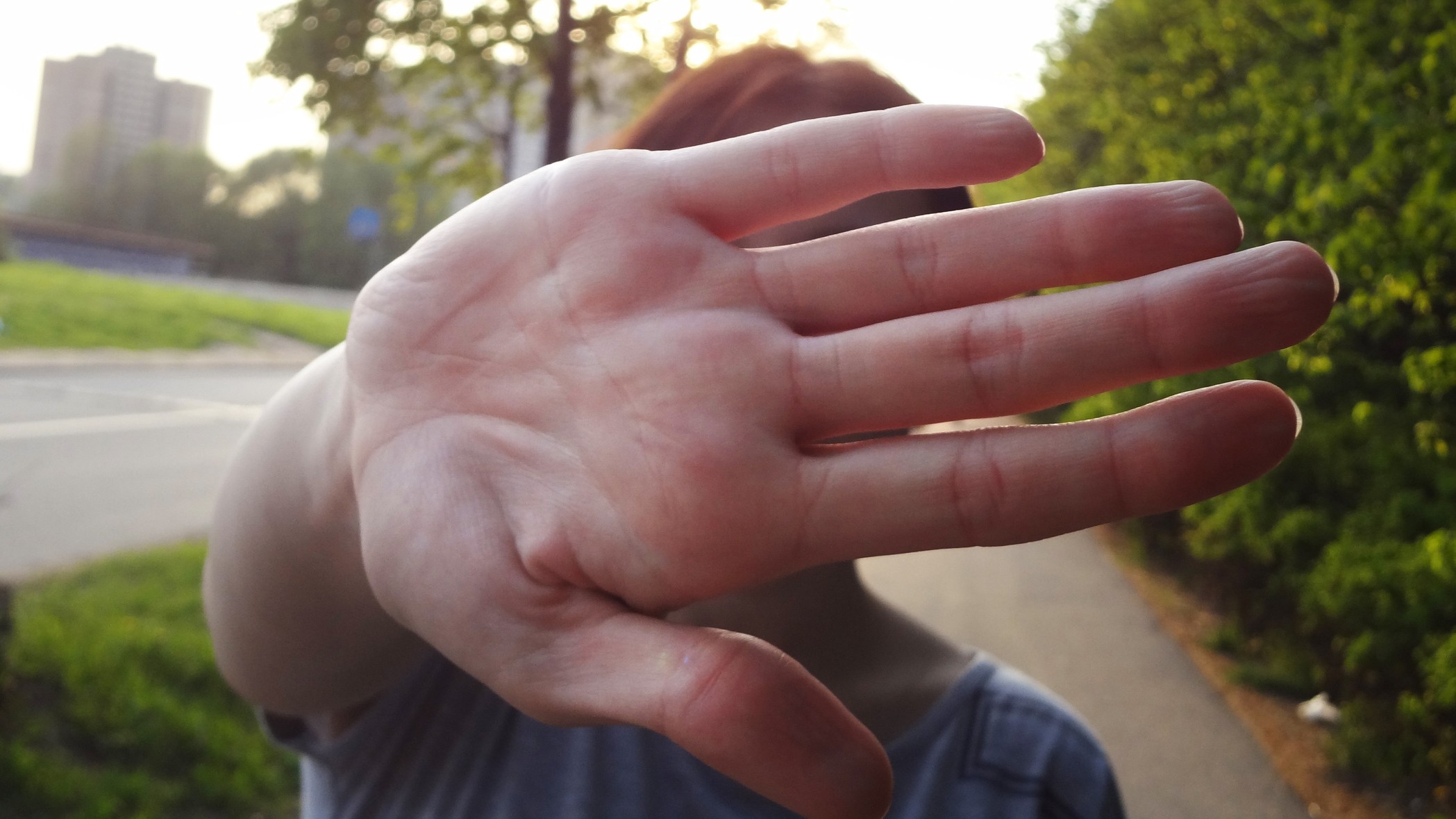Twitter has updated its private information policy to include a ban on posting private media such as pictures and videos. The update is an extension of its existing policy that disallows the posting of private information such as contact addresses, medical records, financial records, etc.
The social platform whose founder, Jack Dorsey recently stepped down as CEO, also has a ban on sharing of non-consensual nude images in this new update so as to deter harassment and abusive behaviour that may lead to emotional or physical harm.
Scope of the ban


According to Twitter, it will not arbitrarily remove media unless there is a report that a tweet contains unauthorized private media.
When we are notified by individuals depicted, or by an authorized representative, that they did not consent to having their private image or video shared, we will remove it.
Twitter
The new policy, however, is not applicable to media featuring public figures or individuals when media and accompanying Tweet text are shared in the public interest or add value to public discourse.
This means that when it comes to public figures, it will assess whether the information is already available in other public media, like TV and newspapers and also the purpose of the information. Media will be pulled down if it is disseminated to harass or intimidate public figures.
Twitter further explained that media that show people participating in public events – like carnivals, large scale protests, sporting events, etc. do not violate the policy.
“Context matters. Our existing private information policy includes many exceptions in order to enable robust reporting on newsworthy events and conversations that are in the public interest,” the microblogging platform wrote.
Reactions trail new privacy policy


Upon the release of the statement, Twitter users are trying to understand what the new policy does and does not cover, using different scenarios.
In the first instance, if the people in the picture find their images online and they object to being in the picture, they can report to Twitter. Twitter will pull down the picture because there was a direct report from the individuals that they object to the display of their images.
The second scenario is where context comes in for Twitter to judge whether to leave the media up or not. In such situations, Twitter has determined that if the media is capable of providing help to the person or people depicted, then the media may not be removed.
Also, if such media is already exhibited on news platforms and of public interest, it will likely be left up.
We recognize that there are instances where account holders may share images or videos of private individuals in an effort to help someone involved in a crisis situation, such as in the aftermath of a violent event, or as part of a newsworthy event due to public interest value, and this might outweigh the safety risks to a person.
Critics of the policy also fear that it will be used to suppress media that shows oppression such as police brutality. Overall, Twitter says it will continue to invest in making its products and policies more robust and transparent. It also added that its teams are constantly working to understand and address the needs of users.
Now that you’re here, don’t forget to register to be a part of the largest crypto conference in Africa put together by Technext. Kindly follow this link for registration and more info.






